Business
Everything You Need to Know About Viral Advertising
Published
3 years agoon
By
Kai Kelis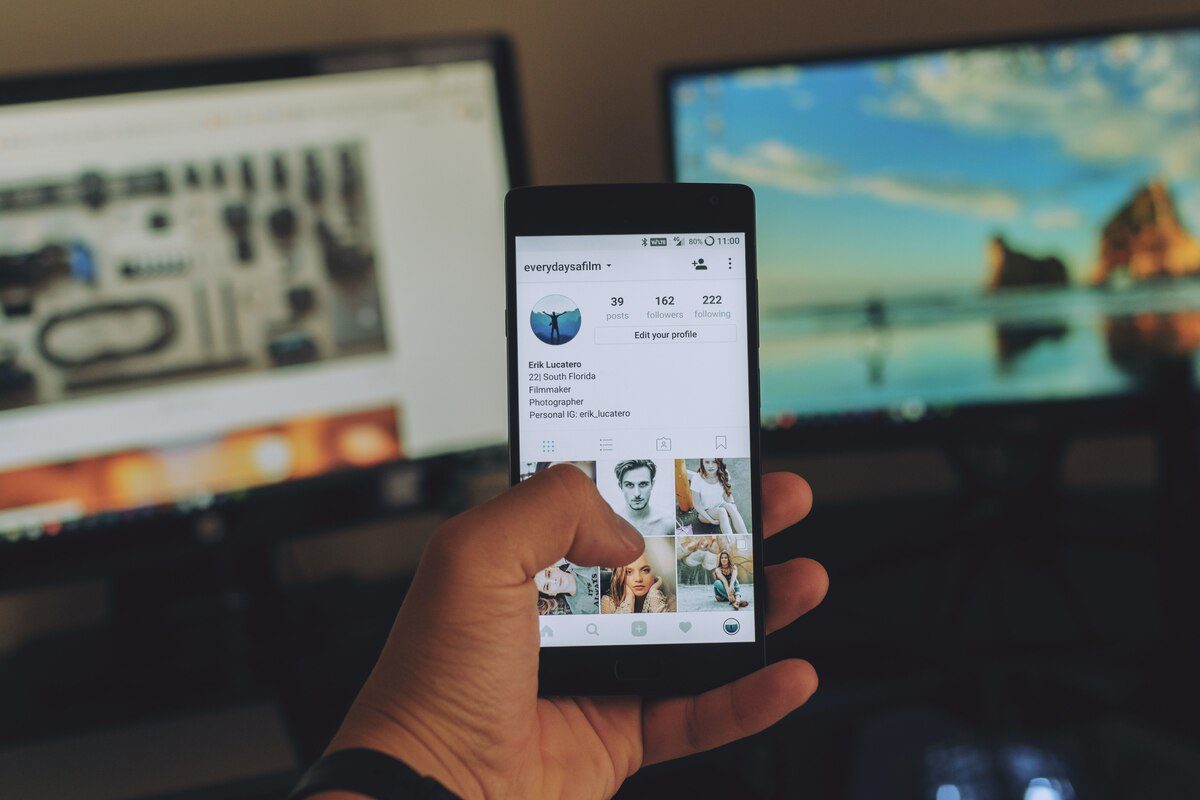
Information spreads rapidly through social media and online platforms in today’s fast-paced digital world. Viral marketing has become a powerful strategy for businesses to reach a broad audience and create buzz. But what exactly is viral advertising? Whether you’re a marketer, business owner, or simply curious about the fascinating world of viral marketing, this blog is for you. Let’s dive in!
What is Viral Marketing?
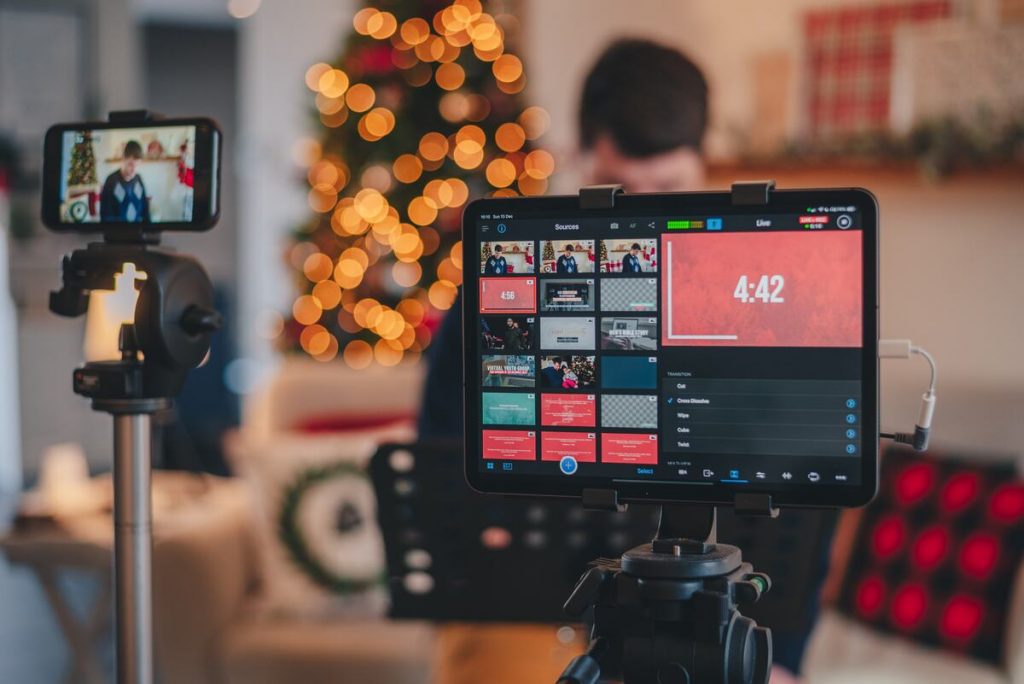
Businesses use viral advertising to promote their products, services, or brand through organically spread content. The content quickly spreads via email, social media, or word-of-mouth. The goal is to create content that resonates with audiences and compels them to share it within their networks.
Viral marketing can be in various forms, such as videos, blogs, memes, infographics, or interactive campaigns. It relies on the power of social networks to spread rapidly. When done effectively, it can create buzz online, drive website traffic, increase brand awareness, and heighten conversions.
Although it sounds easy, viral advertising is challenging and comes with several risks. It requires a deep understanding of your target audience, careful planning, and creative execution. Some challenges are competitors vying for attention and remaining authentic. Also a huge risk can befall the brand, such as receiving negative publicity due to backlash.
That said, viral marketing must be well-thought-out to create buzz, engage audiences, and achieve marketing goals.
What are the Types of Viral Advertising?
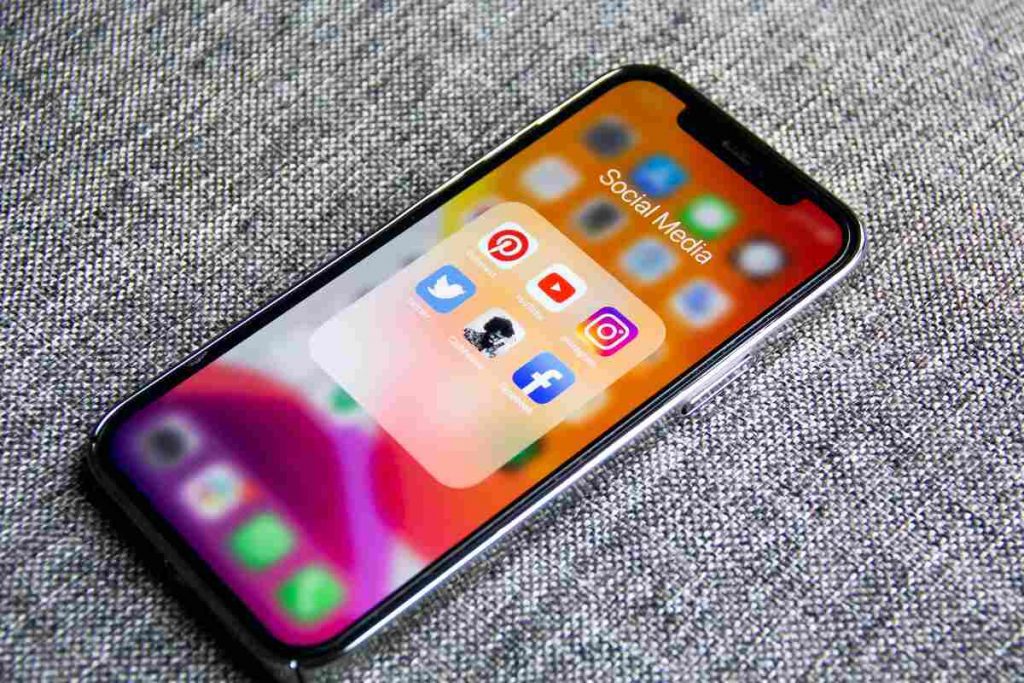
As mentioned, viral advertising comes in many forms. D diversifying your content to have a more extensive audience reach is recommended. Here are some types of viral advertising content:
- Content Creation. The first step in viral marketing is to create compelling and shareable content. This can be through videos marketing, articles, or content that resonates with your target audience.
- Social Seeding. Once the content is created, it must be strategically seeded across social media platforms and other relevant channels. This can be done through influencers, brand advocates, or leveraging existing networks and communities to amplify the content.
- Shareability and Call to Action: The content should be designed to be highly shareable, with clear calls to action encouraging users to share it with their networks. This can be achieved by incorporating emotional triggers, humor, or surprise elements that motivate users to pass it along.
- User Engagement: Viral marketing aims to generate high levels of user engagement, such as likes, comments, shares, and mentions. This helps increase the content’s visibility and encourages others to join in the conversation, contributing to the viral effect.
- Tracking and Monitoring: It’s essential to closely monitor the performance of the viral marketing campaign, tracking metrics such as reach, engagement, and conversions. This helps to assess the campaign’s effectiveness and make necessary adjustments to optimize results.
- Iteration and Adaptation: Viral marketing is an iterative process, and campaigns may require adjustments or tweaks to enhance their effectiveness. The campaign can be adapted based on the performance data to improve its impact and reach.
- Capitalizing on Momentum: If the viral marketing campaign gains momentum and spreads rapidly, it’s crucial to capitalize on the attention by leveraging it to promote the brand or product further. This can be done through follow-up campaigns, partnerships, or other marketing efforts to sustain the impact and generate long-term benefits.
Benefits of Viral Marketing
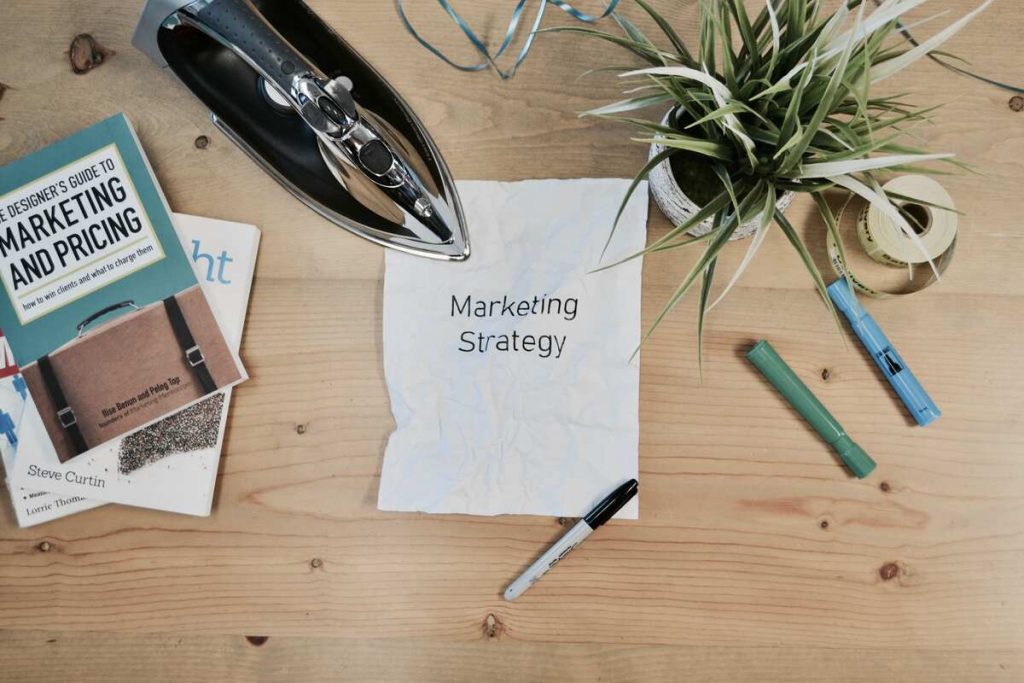
Viral marketing has many benefits for brands because the content is spread organically, without brands having to lift a finger at the middle and later part. Apart from that, here are the top benefits of viral marketing:
- Rapid and Widespread Exposure: Viral advertising can quickly reach a large audience as content is shared rapidly across social networks, increasing brand exposure and visibility.
- Cost-effective: Viral advertising can be highly cost-effective compared to traditional advertising methods, as it relies on user-generated sharing rather than paid media placements.
- High Engagement: Viral advertising often generates high levels of user engagement, such as likes, comments, shares, and mentions, which can increase brand awareness, loyalty, and customer engagement.
- Enhanced Brand Recall: Viral advertising campaigns that are memorable and shareable can improve brand recall, as users are more likely to remember and share unique or emotionally resonant content.
- Amplified Reach: Through social sharing, viral advertising can extend the campaign’s reach beyond the original target audience, potentially reaching new demographics and markets.
- Increased Website Traffic: Viral advertising campaigns can drive significant traffic to a brand’s website, leading to increased opportunities for conversions and sales.
- Authenticity and Trust: Viral advertising campaigns perceived as genuine and authentic can help build consumer trust. The content is often shared by real people and not solely driven by brand messaging.
- Creative Freedom: Viral advertising allows for creativity and innovation, as unique and compelling content is more likely to be shared and gain traction, providing brands with the freedom to experiment with creative ideas.
- Potential for Virality Chain Reaction: Viral advertising campaigns can create a chain reaction of sharing, where one user shares the content, which leads to others sharing it, resulting in a snowball effect and exponential reach.
- Long-term Impact: Successful viral advertising campaigns can have a lasting impact on brand awareness, reputation, and customer engagement, even after the initial campaign has ended.
Viral Marketing Best Practices
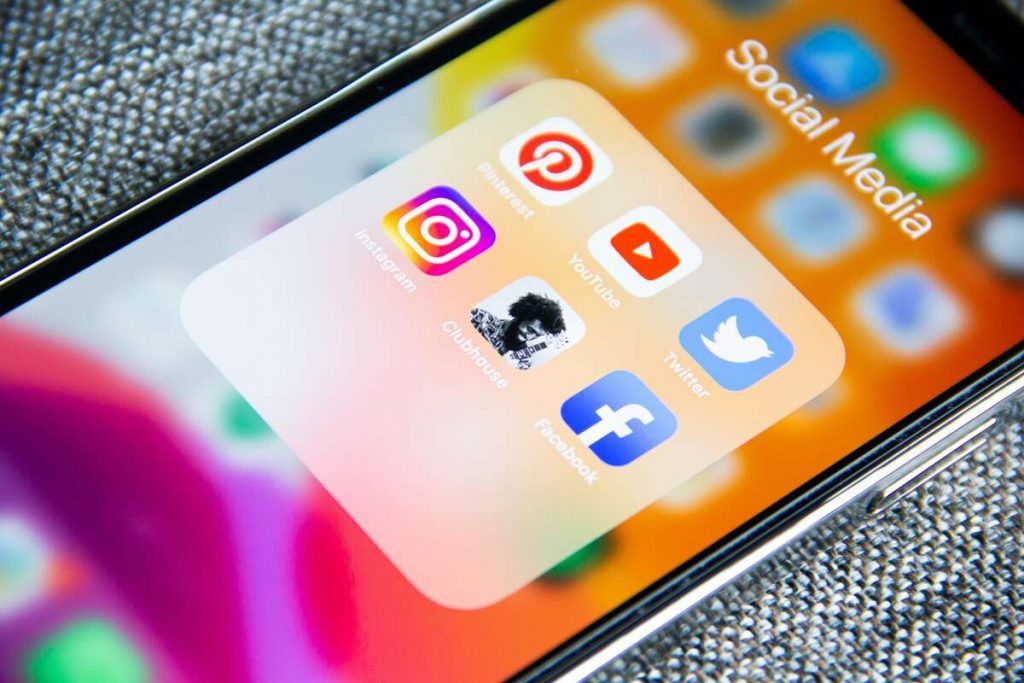
Not all viral advertising campaigns are successful. Crucial planning, execution, and monitoring will maximize its effectiveness and minimize potential risks. Follow these viral marketing best practices to reach your goals:
- Know Your Audience: Understand your target audience’s interests, behaviors, and preferences to create content that resonates with them and encourages sharing.
- Emotionally Resonant Content: Create content that evokes strong emotions, such as humor, awe, joy, or surprise, as emotionally resonant content is more likely to be shared.
- Clear Branding: Ensure your brand is prominently featured in the viral content to maximize brand exposure and recognition.
- Simplicity and Shareability: Keep your viral content simple, easy to understand, and highly shareable across different platforms and devices.
- Influencer Partnerships: Collaborate with influencers or brand advocates who have a significant following and align with your brand values to amplify your reach and credibility.
- Timing and Relevance: Launch your viral campaign at the right time and tie it to relevant events or trends to capitalize on current conversations and increase shareability.
- Call to Action: Include a clear call to action in your viral content to encourage users to take a specific action, such as sharing, commenting, or visiting your website.
- Multi-platform Approach: Use multiple platforms, such as social media, email, blogs, and websites, to amplify your viral content and reach a wider audience.
- Monitoring and Adaptation: Monitor the performance of your viral campaign and be ready to adapt and optimize your content and strategy based on user engagement, feedback, and data analysis.
- Legal and Ethical Considerations: Ensure your viral campaign complies with copyright laws, privacy regulations, and ethical standards to avoid legal or reputational issues.
Overall, viral advertising is an effective strategy, if you know how to play your cards right. Knowing your audience and posting relevant, valuable, and entertaining content are the key points in succeeding in viral marketing.
You may like
Business
What’s the Best Design Agency in Austin for Businesses in 2026?
Published
1 day agoon
December 24, 2025
Famous for its vibrant food scene, booming tech hub, and live music, Austin, Texas, also holds some of the best design agencies in the nation. For the coming year, you might want to work with the following agencies to boost your business:
Penji
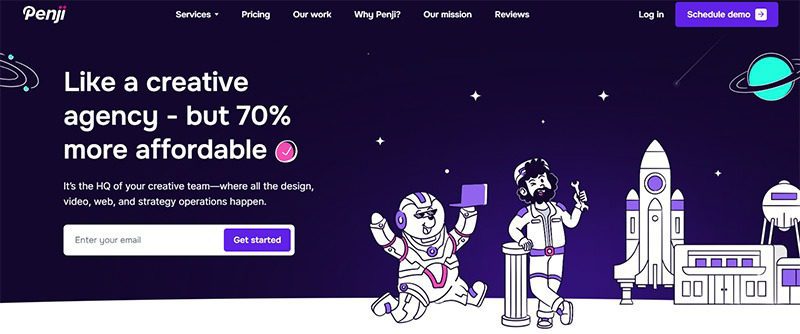
Known for its unlimited graphic design services, Penji tops this list of the best agencies in Austin. Its key services include branding visuals, infographics, social media graphics, custom illustrations, UI and UX design, and more. You can send requests for more than 120 design categories, all for a flat monthly rate. And the best part is its unlimited revisions feature, allowing you to get the exact designs you need without paying extra.
Pushstart Creative
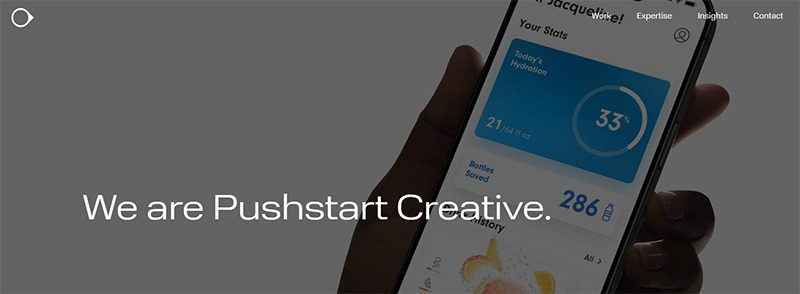
A multidisciplinary design agency, Pushstart Creative specializes in product and industrial design, user experience, research, and strategy. It has worked across various industries, most notably consumer and commercial IoT, consumer electronics, sports, and health and fitness.
Frank & Victor

Reflecting Austin’s creative spirit, Frank & Victor helps businesses resonate more deeply with their audiences. It promises to create branding and identity systems, strategic logo designs, UI/UX designs, and more, with premium quality designs and attention to detail.
Big Gorilla
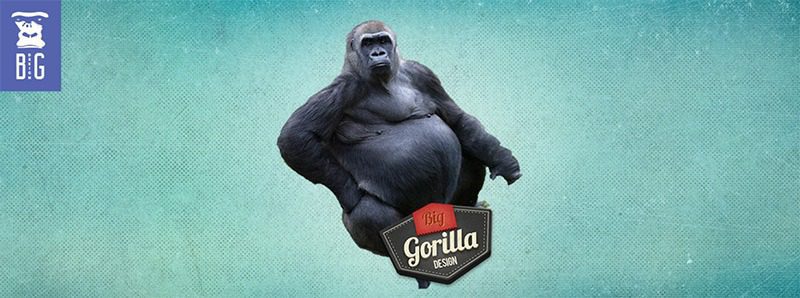
With a focus on branding and identity design, web design and development, and marketing strategy, Big Gorilla is a highly recommended creative design agency for businesses in Austin. It also offers photography, video, art direction, packaging design, and a wide range of marketing and communications services.
Fahrenheit Marketing

Founded in 2008, Fahrenheit Marketing is a full-service agency that offers both creative design and marketing strategy. Proudly based in Austin, Texas, it offers web development, UX/UI design, SEO, PPC, and ecommerce services. In addition to these, they sell products from Offline Order Importer, HubSpot, Klaviyo, SharpSpring, and many others.
Business
Top 10 Video Marketing Agencies You Must Check Out in 2026
Published
6 days agoon
December 19, 2025
If you’ve been following the latest marketing trends, you would know that video marketing is popular. Factors like lower costs, the availability of video platforms, and the rise of social media influencers helped change how consumers interact with video content. Read on to learn the best video marketing agency to help you leverage the power of video.
1. Vireo Video
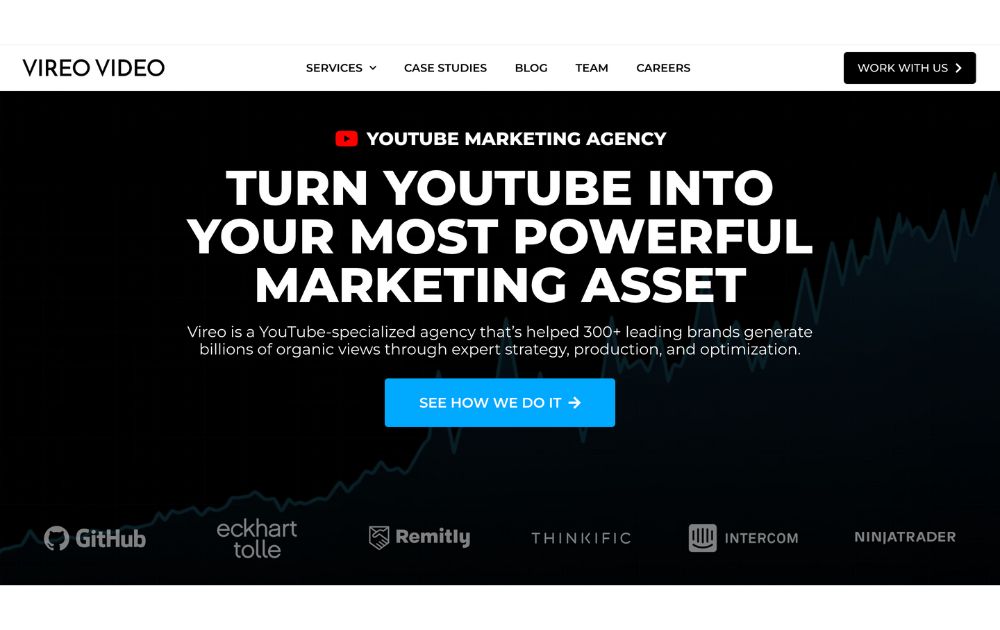
If you need an expert in Youtube marketing, be sure to check the features of Vireo Video. The platform specializes in Youtube marketing and offers various video-related services, such as Youtube content strategy, SEO, and advertising.
Vireo Video is trusted by brands and influencers like bestselling author Eckhart Tolle. Vireo assisted in the optimization of his videos and helped grow his YouTube channel. As a result, his channel has 250 million views and 1.6 million new subscribers.
Key Services:
- Influencer marketing
- Video optimization
- Targeted YouTube advertising placements
- Strategy development
2. NinjaPromo
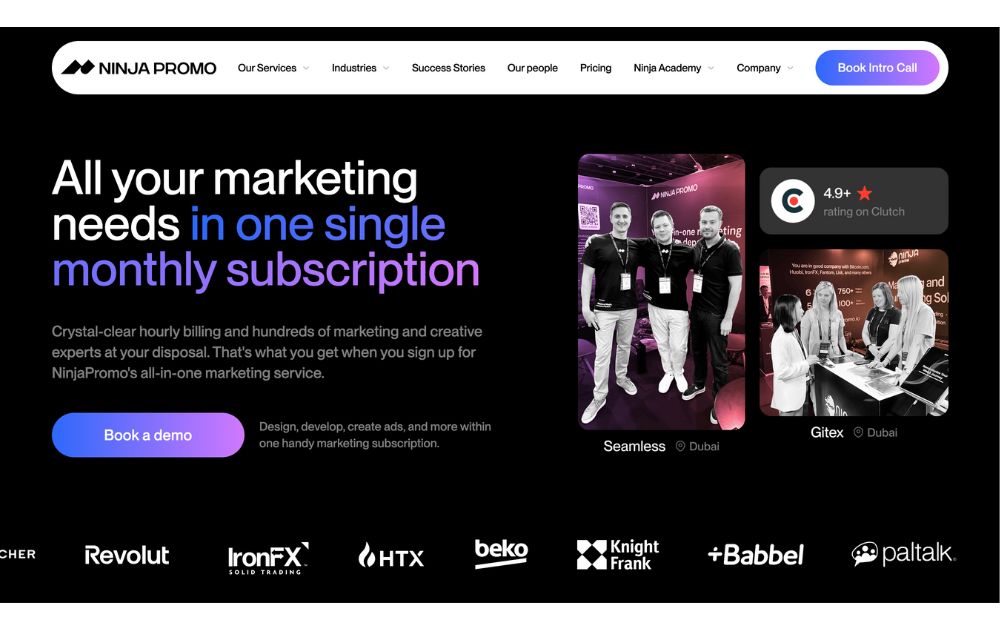
Video marketing is one of the many services offered by the digital marketing agency NinjaPromo. If you’re looking for a perfect partner to assist you in reaching your desired audience quickly, NinjaPromo is one of the best agencies to work with. The company can help you create creative, engaging, and practical videos to promote your brand and increase your online presence.
Key Services:
- Video Production
- Consultation
- SEO optimization
- Explainer videos
- Event and product videos
- Tutorials
3. Moburst
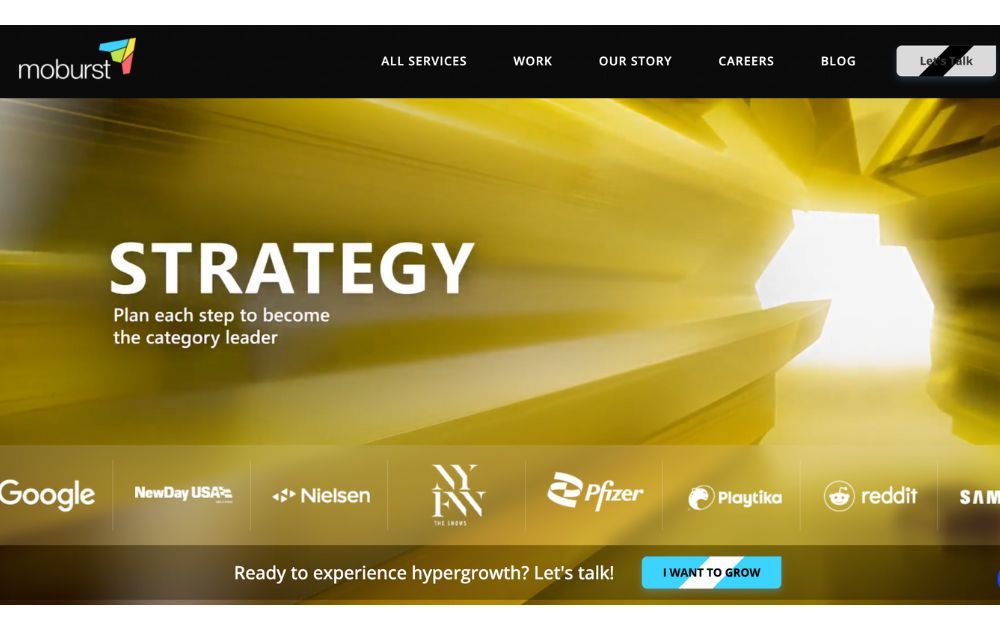
Moburst is a mobile and digital marketing agency that specializes in helping businesses grow their mobile apps. They offer different services to enable enterprises to improve their mobile app performance and increase user engagement. One of its clients is Samsung, which Moburst helped achieve +1,400% growth from downloads to social.
Key Services:
- App Store Optimization
- Video production
- Mobile User Acquisition
- Mobile App Analytics
- Mobile App Design and Development
- Mobile App Retargeting
4. Voy Media
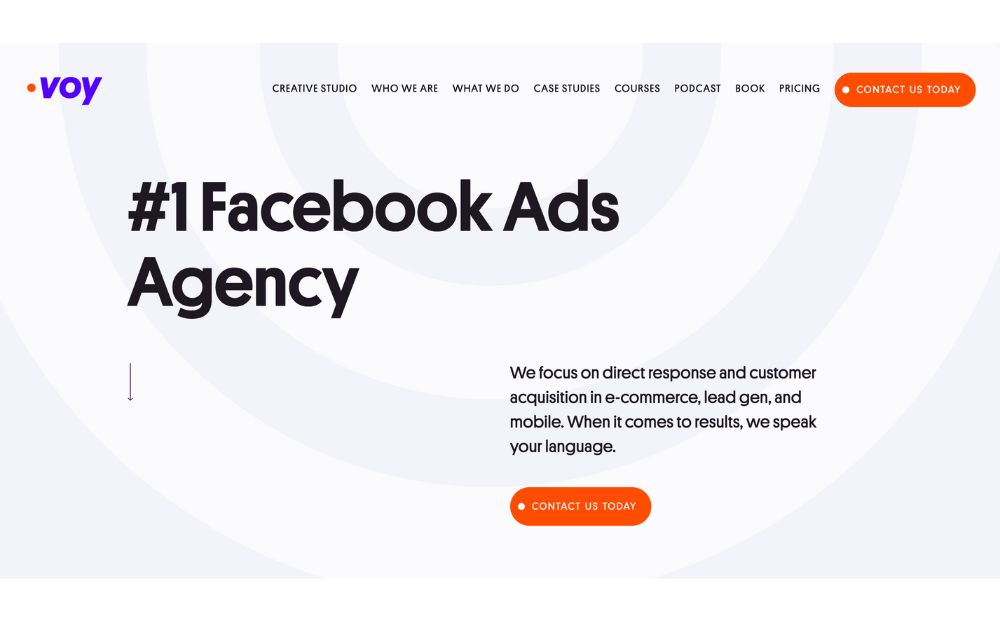
Trusted by big brands like Lacoste, Voy Media is a full-service agency offering various marketing and creative services. Their services are designed to help businesses grow their brand. Likewise, the agency helps them generate leads and increase conversions through social media platforms. Voy Media also ensures its clients receive the necessary support by assigning a dedicated account manager.
Key Services:
- Video editing and production
- Product and lifestyle photography
- Graphic design and illustration
- Full studio production with talent and script
5. Pop Video
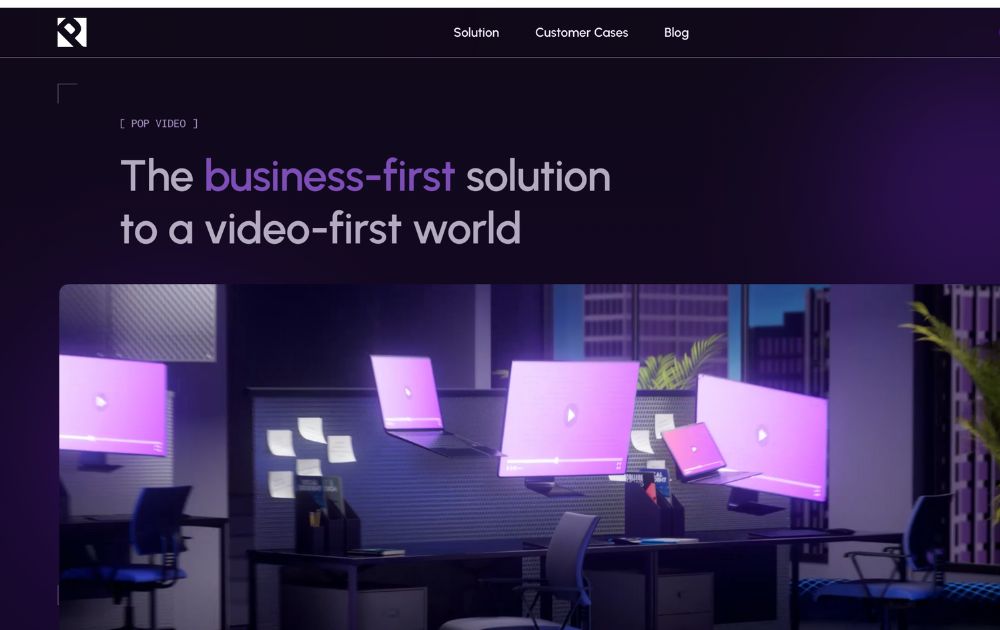
Pop Video was established in 2010 in Houston, Texas. They describe themselves as a business-first solution for a video-first world. Pop Video has a team of visual content creators with a specialization in video production and visual content marketing.
The agency has worked with various clients across different industries, including healthcare, technology, retail, and finance. Some of its notable clients include Microsoft, Adidas, and Coca-Cola.
In addition to its core video production services, Pop Video provides consulting and training services to help businesses develop their video marketing strategies and produce their video content in-house.
Key Services:
- Video Marketing
- Video production
- Animation
- Content creation
- Social media optimization
6. Epipheo
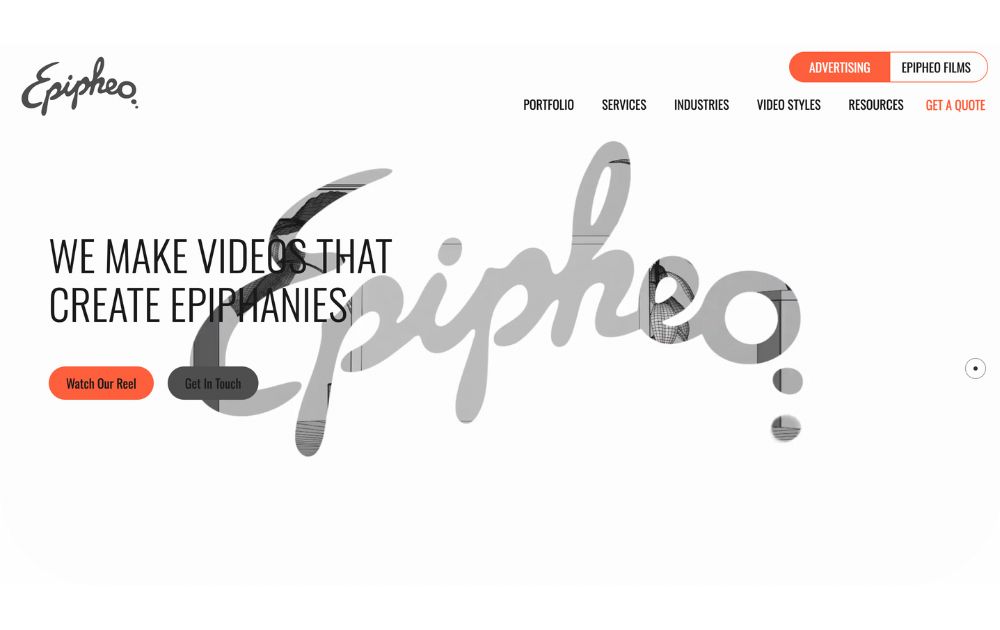
If you need help with educational videos, explore the services of Epipheo. Epipheo is a video marketing agency that creates animated explainer videos and other visual content to assist companies, organizations, and individuals in connecting with their audience effectively.
Key Services:
- Social video ads
- Storytelling testimonial videos
- Animated explainer videos
- Live action videos
- Strategy and consulting
7. Early Light Media
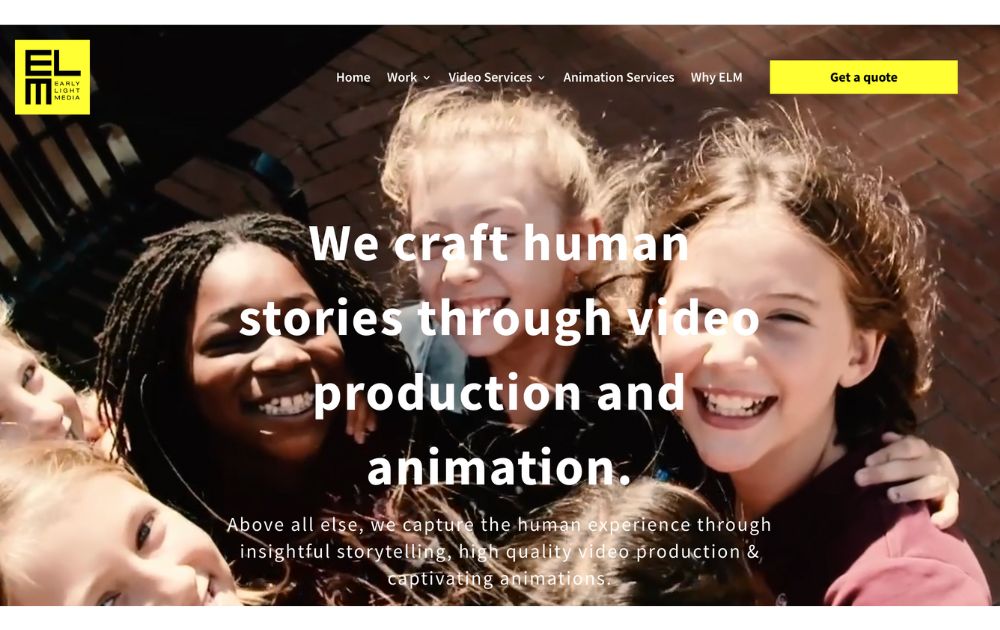
Early Light Video is a full-service video production company that creates high-quality video content for businesses, nonprofits, and individuals. The agency is known for delivering top-notch video content that meets its clients’ needs. It was founded in 2013 by a team of Emmy Award-winning creative directors, with offices in Baltimore and Washington, DC.
Key Services:
- Video production
- Post-production
- Animation
- Voice-over casting
- Music Licensing
8. Indigo Productions
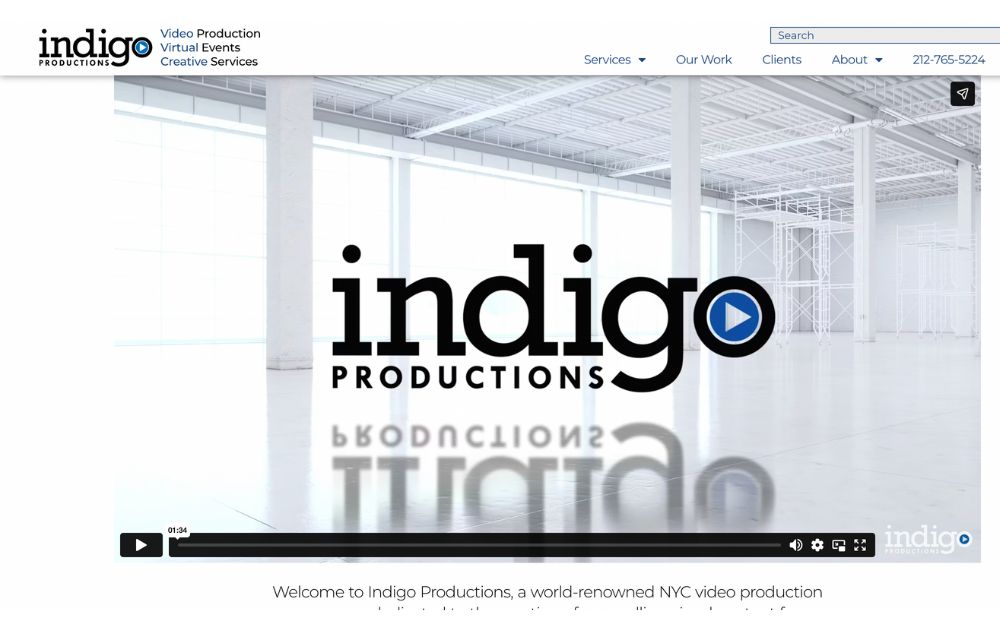
Indigo Productions is a full-service video production company based in New York City. They specialize in creating high-quality videos for corporate clients, advertising agencies, and individuals. Their team of scriptwriters, directors, producers, hair and make-up artists, and location scouts will handle all the logistics.
Key Services:
- Promo videos
- Web commercials
- Music videos
- Movie trailers
- Documentaries
9. LAI Video
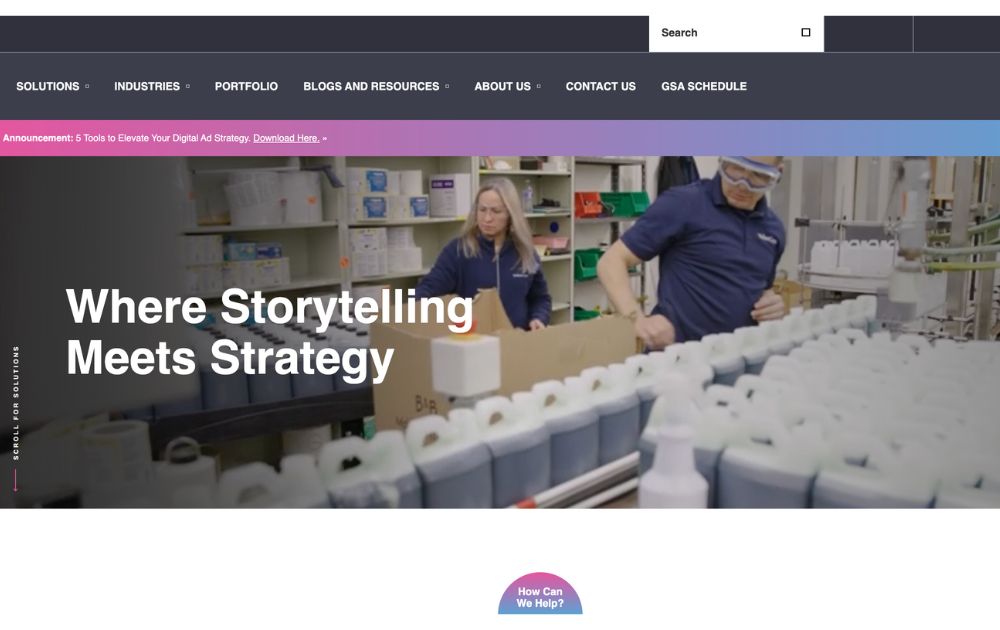
LAI Video is a Washington, DC-based boutique video production company specializing in creating visual stories that inspire and engage audiences. The company was established in 2013 and has become a leading video production agency in the DC metro area.
LAI Video has worked with various clients, including National Geographic, The World Bank, Georgetown University, and The Smithsonian Institution. Their skilled team of filmmakers, animators, editors, and producers works closely with clients to ensure that each video project meets their specific goals and objectives.
Key Services:
- Corporate videos and commercials
- Video communication campaigns
- Branding
- Video animation
- Marketing storytelling
10. SparkHouse
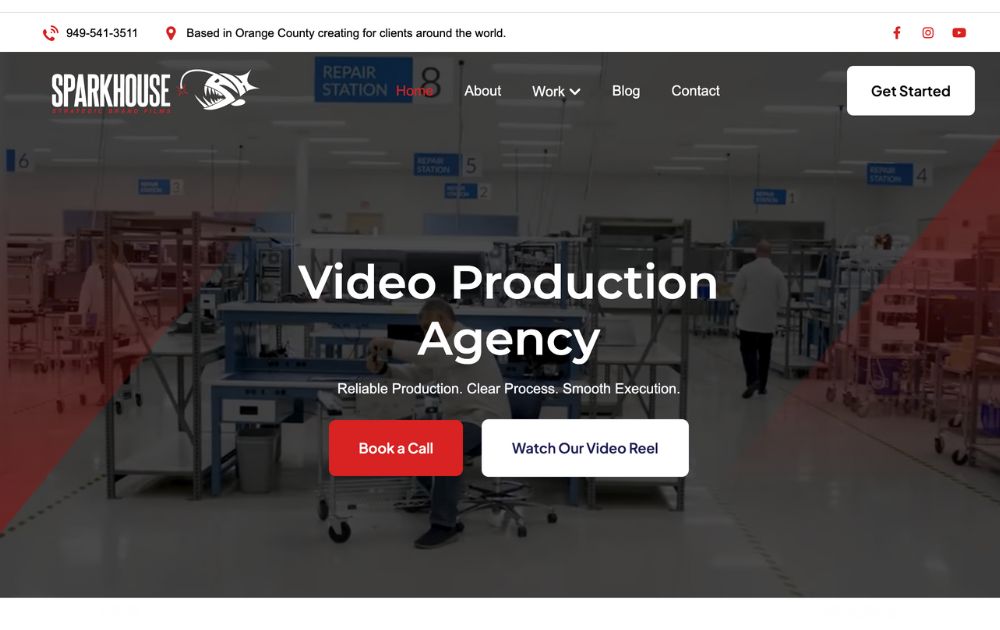
SparkHouse is a video production company based in Minneapolis, Minnesota, specializing in creating high-quality video content for businesses and organizations. The company was founded in 2013 by filmmakers and storytellers passionate about creating visually stunning and emotionally compelling videos.
SparkHouse has worked with various clients, including Target, 3M, Best Buy, and General Mills. Their talented filmmakers, animators, writers, and producers work closely with clients to ensure each video project is customized to their unique needs and objectives.
Key Services:
- Brand Videos
- Corporate Videos
- Animation
- Event Videos
- Social Media Videos
- Documentary Films
Which Types of Videos Do You Get from a Video Marketing Agency?
A video marketing agency typically provides various video types, each with a specific purpose and target audience. Below are the common types of videos you can request from a video marketing agency.
- Brand videos
- Explainer videos
- Corporate videos
- Testimonial videos
- Social media videos
- Live stream videos
- Case studies
- Reviews
- Tutorials
Conclusion
Video marketing is essential for businesses looking to engage their audience, build brand awareness, and drive conversions. That said, the competition will only continue to grow, making working with a reliable video marketing agency more critical than ever.
Featured Image Credit: Photo by fauxels from Pexels

TLDR: Penji is unlimited graphic design for a flat fee; Colab is digital transformation focused on brand storytelling; Jacob Tyler is a full-service brand strategy powerhouse; Micro1 is AI-powered engineering and tech design.
Did you know that California’s creative economy is worth more than $500 billion to the state’s economy? That’s a lot of creative minds at work!
The search for the best design agency in Los Angeles can be quite daunting. After all, 1 in 6 people in L.A. work in a creative field. It’s no surprise there are thousands of candidates that would be an ideal extension of your dream team.
If your business requires a rebrand or continuous graphic design efforts you can rely upon day in and day out, then finding the right design agency will help your business thrive. You need more than just a creator, you need someone to bring your vision to life.
To ease your research, here are the top four contenders as the best graphic design agency in Los Angeles.
1. Penji
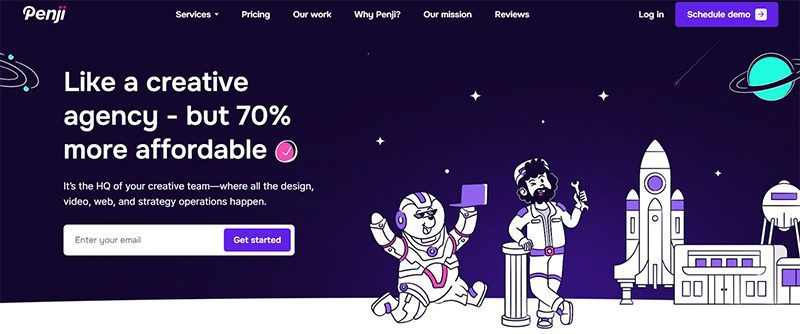
The future of design has arrived. Seeking a design service upon demand? Penji is your new graphic design service that acts as an extension of your team.
No hidden costs, no missed deadlines and For a monthly flat-fee subscription service, you will have access to the top 2% of designers in the world with little more than a submission request for us to take it from there!
This is perfect for marketers or agencies seeking cohesive quality over hiring needs.
Pros:
- Unlimited Revisions: We keep refining until you are 100% happy.
- Flat Monthly Rate: No surprise fees or hourly billing.
- Fast Turnaround: Most drafts are delivered within 24-48 hours.
- Vetted Talent: We hire the top 2% of designers, so you don’t have to vet freelancers.
Cons:
- Subscription-based: This model is best for those with ongoing design needs rather than one-off projects.
2. Colab

When it comes to a design as a service partner with digital transformation as its focus, Colab is the place to be.
A location-based agency that takes a data-led transformational, story-driven approach to seamless UX, Colab is where brands/agencies should go when seeking to merge strategy creation/implementation through execution from start to finish—especially with websites that merge look/functionality with success.
Pros:
- Strategic Focus: They rely heavily on data to drive design decisions.
- Local Expertise: A deep understanding of the LA market.
- Full-Service: They handle everything from the backend code to the frontend visuals.
Cons:
- Higher Cost: As a traditional agency, their project fees will be significantly higher than a subscription model.
- Timeline: Large-scale digital transformation projects can take months to complete.
3. Jacob Tyler
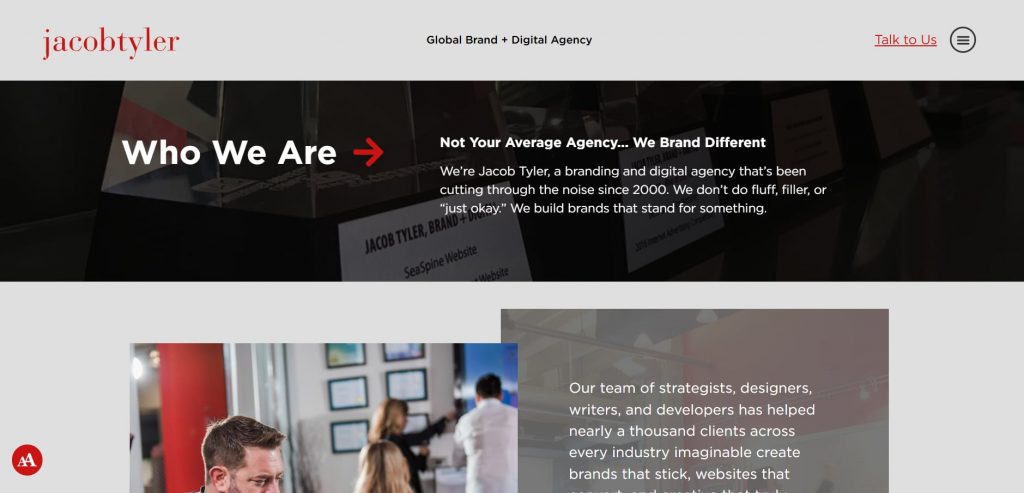
For nearly 20 years, Jacob Tyler has existed in the California Brand Design Agency game as a powerhouse. This full-service digital communications agency will trim the fat from your ultimate brand strategy to hone in on what you truly need moving forward.
If you’re looking for a major professional facelift with omni-channel marketing and integrated deep brand strategy, Jacob Tyler is a heavyweight brand—literally!—who’s worked with everyone from startups to credit unions!
Pros:
- Experience: Over 20 years of experience in the industry.
- Comprehensive: They can handle your entire marketing funnel, not just the design.
- Award-Winning: A strong portfolio of successful, high-profile campaigns.
Cons:
- Project Minimums: They typically work with project budgets starting at $10k+, which may price out smaller startups.
- Complexity: Their comprehensive approach might be overkill if you just need graphic design execution.
4. Micro1

Micro1 takes creative human design efforts and merges them with AI functionality. As a critical graphic design agency, they use artificial intelligence for beauty and brains on websites/apps like never seen before!
Micro1 builds engineering teams behind major apps (think Tinder, Uber…) so if you’re a tech-based startup in need of cutting edge product development based on extraordinary UX/UI look no further!
Pros:
- Tech-Forward: Ideal for SaaS and app-based companies.
- AI Integration: Uses AI to enhance efficiency and speed.
- Scalable: Great for ambitious startups looking to grow their engineering and design capabilities simultaneously.
Cons:
- Niche Focus: They are heavily focused on product and app development, rather than general marketing graphics.
- Development Heavy: If you don’t need coding or software engineering, their full suite of services might not apply to you.
Credit for Cover image: Photo by Mikael Blomkvist on Pexels

What’s the Best Design Agency in Austin for Businesses in 2026?

What’s the Best Design Agency in Jacksonville?
Die Logik hinter dem Zufall – Vulkan Vegas Casino analysiert
Wie Wildz Casino Zufall in messbare Chancen verwandelt
Play frank casino bonus code
Die Wissenschaft des klugen Spiels bei Wildz Casino
Richard casino sign up bonus

Top 10 Presentation Software To Use in 2026

Top 10 Video Marketing Agencies You Must Check Out in 2026

Top 10 Social Media Scheduler Apps to Automate Your Postings

How Marketing Optimization Tools Level Up Your Marketing Game

The Top 8 Webinar Platforms For Your Next Virtual Event or Demo

What’s the Best Graphic Design Service for Ongoing Marketing?
Built for long-term growth, Pinco Casino secures its dominance through the 2025–2026 evolution
Trending
- Uncategorized4 days ago
Logik, Zahlen und Strategie: Das Fundament im Vox Casino
- Uncategorized3 days ago
Richard casino sign up bonus
- Uncategorized3 days ago
Locowin casino
- Uncategorized3 days ago
Wild joker casino no deposit bonus codes
- Uncategorized4 days ago
Princeali casino
- Uncategorized3 days ago
King s casino live stream heute
- Uncategorized3 days ago
Verde casino registration bonus
- Uncategorized3 days ago
Ritzo casino
- Uncategorized3 days ago
Die Wissenschaft des klugen Spiels bei Wildz Casino
- Uncategorized3 days ago
Xrp casino coin
